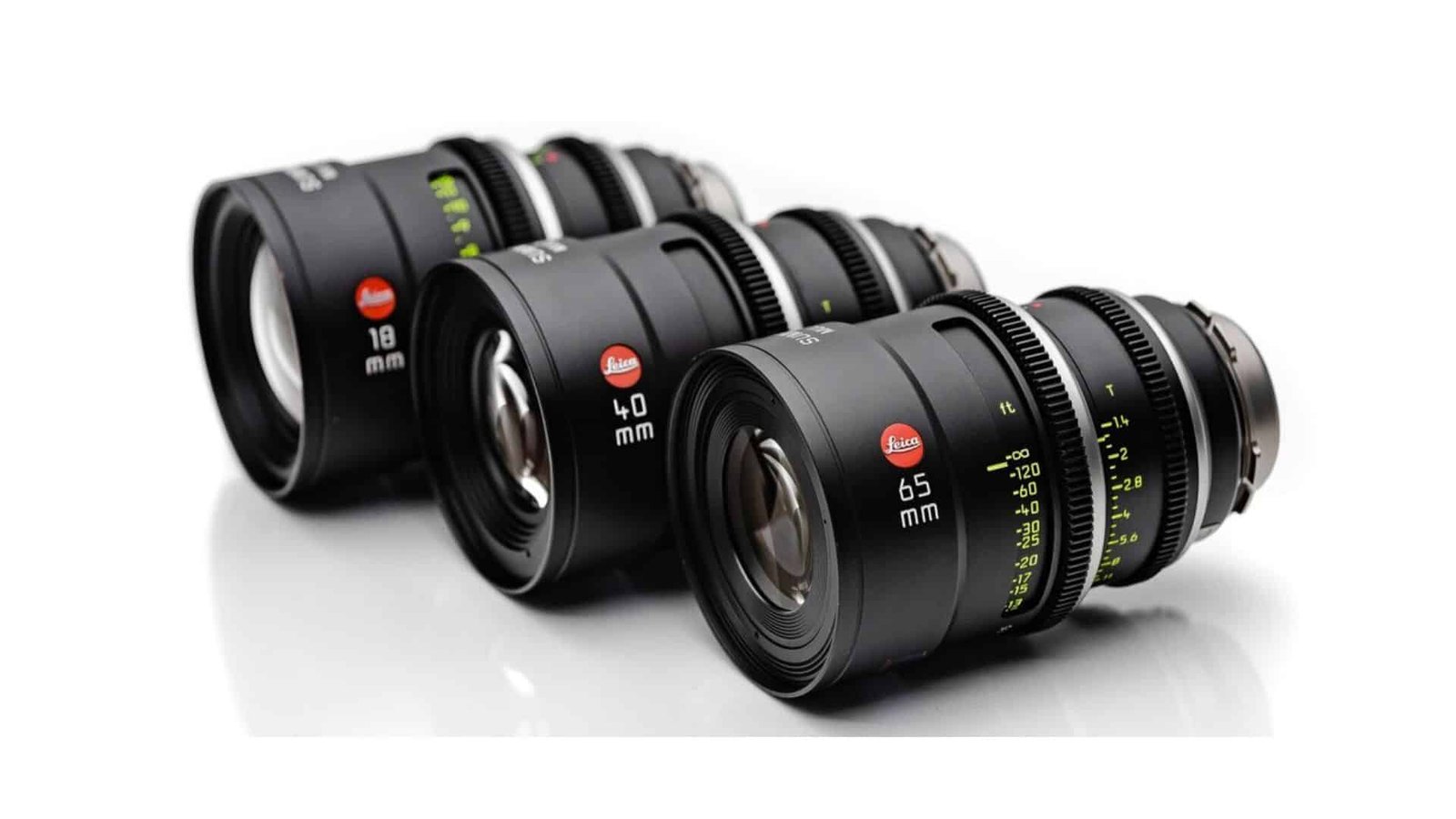Camera lenses, the unsung heroes behind every captivating photograph, are subjected to a multitude of challenges in their quest to capture the perfect shot. Among these challenges, the concern about scratch resistance has become a focal point for photographers and enthusiasts alike. In this comprehensive exploration, we delve into the intricacies of camera lens construction, the role of materials, and the reality behind scratch resistance claims. Are camera lenses scratch-resistant, or is it a nuanced blend of marketing and technological advancements? Let’s unravel the truth.
Understanding Lens Construction:
To comprehend the nuances of scratch resistance, it’s imperative to first understand the intricate construction of camera lenses. A camera lens typically consists of multiple optical elements, including glass or specialized materials, arranged in precise configurations to manipulate light and capture images. The front element, facing the subject, is particularly vulnerable to scratches and abrasions, making it a crucial focal point for discussions on scratch resistance.
Materials Used in Lens Construction:
Traditionally, camera lenses have been predominantly crafted from high-quality optical glass due to its exceptional clarity and ability to transmit light effectively. However, technological advancements have introduced alternative materials, such as fluorite and high-grade plastics, into the lens manufacturing landscape. Each material possesses unique properties that impact not only the optical performance but also the susceptibility to scratches.
Glass:
- Glass, renowned for its optical clarity, has been a stalwart in lens construction for decades. High-quality glass elements are inherently resistant to scratches, providing a robust foundation for lens durability. However, the introduction of other materials has diversified the lens manufacturing landscape.
Fluorite:
- Fluorite, an exotic and expensive material, offers superior optical qualities but is generally softer than traditional glass. This makes fluorite-based lenses more susceptible to scratches, necessitating careful handling and maintenance.
Plastics:
- High-grade plastics, such as polycarbonate, have become increasingly prevalent, especially in the construction of lightweight and budget-friendly lenses. While advancements in plastic technology have enhanced durability, these materials can still be more susceptible to scratches compared to high-quality glass.
Scratch-Resistant Coatings:
Recognizing the vulnerability of lens surfaces, manufacturers have embraced scratch-resistant coatings as a protective measure. These coatings, applied during the lens manufacturing process, aim to provide an additional layer of defence against scratches, abrasions, and minor impacts. One of the most widely used coatings is the fluorine coating, renowned not only for scratch resistance but also for its ability to repel water, oil, and dirt.
However, it’s crucial to understand that scratch-resistant coatings don’t render lenses impervious to scratches. The effectiveness of these coatings varies across different lenses and manufacturers. Higher-quality coatings tend to offer better durability, emphasizing the importance of considering the reputation of the lens manufacturer when assessing scratch resistance.
Factors Influencing Scratch Resistance:
The journey to comprehend scratch resistance involves navigating through various factors that influence the vulnerability of camera lenses. While scratch-resistant coatings play a pivotal role, the following factors should be considered in the quest for a scratch-resistant lens:
Quality of Coating:
- The efficacy of scratch-resistant coatings varies, and not all coatings are created equal. Researching and considering user reviews can provide insights into the durability of a specific lens coating. Established manufacturers with a reputation for quality often invest in advanced coatings, contributing to improved scratch resistance.
Lens Material:
- The material composition of the lens element itself significantly impacts scratch resistance. While high-quality glass is generally more resistant to scratches, exotic materials like fluorite may require additional care. Plastic lenses, while lighter and cost-effective, may be more susceptible to scratches.
Lens Hardness:
- The hardness of the lens surface, measured on the Mohs scale, influences its resistance to scratches. However, increasing hardness may come at the cost of increased brittleness, potentially making the lens more prone to cracking upon impact.
Environmental Factors:
- The environment in which a lens is used plays a crucial role in its susceptibility to scratches. Outdoor settings with dust, sand, and other abrasive particles pose a higher risk. Additionally, improper cleaning practices, such as using a dirty cloth, can contribute to scratches.
Practical Tips for Lens Care:
While scratch-resistant coatings and quality lens materials contribute to durability, responsible care and maintenance are indispensable for preserving the longevity of camera lenses. Adopting practical tips can significantly mitigate the risk of scratches and prolong the life of your valuable gear:
Lens Caps and Hoods:
- Always use lens caps when the lens is not in use to protect both the front and rear elements from dust and scratches. Lens hoods can provide an additional layer of physical protection, especially in outdoor shooting environments.
Quality Lens Filters:
- Consider using UV or clear filters as sacrificial elements. These filters absorb potential scratches, protecting the lens underneath. However, it’s crucial to invest in high-quality filters to avoid compromising image quality.
Gentle Cleaning:
- When cleaning your lenses, use a soft, lint-free microfiber cloth to gently remove dust and smudges. If additional cleaning is required, opt for a lens cleaning solution specifically designed for optics. Avoid using rough or abrasive materials that could scratch the lens surface.
Handle with Care:
- Exercise caution when changing lenses to prevent accidental drops or impacts. Hold the camera with the lens facing downward during the process to minimize the risk of dust or debris entering the camera body.
Proper Storage:
- When not in use, store your lenses in a protective case or bag. Keep them away from extreme temperatures, high humidity, and direct sunlight.
Conclusion:
In conclusion, the concept of scratch resistance in camera lenses is multifaceted, influenced by a combination of factors ranging from the quality of coatings to the materials used in lens construction. While scratch-resistant coatings undoubtedly provide an added layer of protection, they do not bestow invincibility upon camera lenses. Photographers must strike a balance between technological advancements and responsible handling to ensure the longevity of their valuable gear.
The pursuit of scratch resistance should be accompanied by a commitment to meticulous care practices. By understanding the limitations of lens materials and coatings, photographers can make informed decisions, fostering a symbiotic relationship between capturing breathtaking images and preserving the integrity of their camera lenses. Ultimately, the journey to unravel the truth about Are camera lenses scratch-resistant unveils a nuanced landscape where technology meets craftsmanship, and responsible usage becomes paramount.
FAQs
Q. Are lens coatings effective?
Ans. Modern multi-coatings significantly boost scratch resistance over bare glass, often enabling plastic to exceed uncoated glass.
Q. Do lens hoods help?
Ans. Attaching lens hoods when possible provides valuable frontal protection from accidental impacts that could otherwise scratch front elements.
Q. How important is cleaning?
Ans. Only use dry, approved cloths to remove debris, avoiding liquids and harsh materials that risk marring coatings while trying to clean.
Q. What material is most scratch-resistant?
Ans. Out of glass and plastic, quality-coated plastic lenses may equal or exceed the durability of bare glass, though certain plastics have limitations.
Q. What activity is harshest?
Ans. Extreme outdoor use in sandy or rocky conditions poses the highest risk, while general handling can be mitigated using caps, bags, filters and avoiding rubbing on abrasive surfaces.

